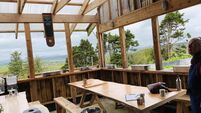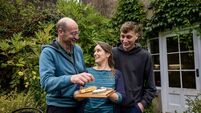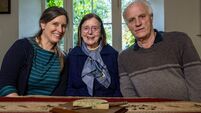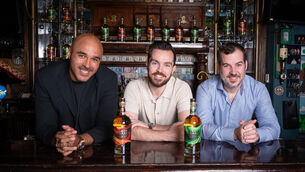The Menu: Ireland is one of the best countries in the world in which to produce food
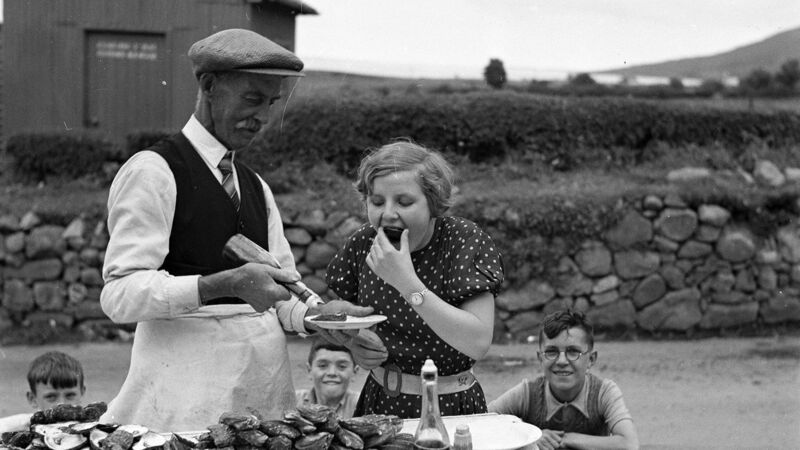
A young girl eating oysters by Carlingford Lough, in Co Louth, in 1952, in an image from Irish Food History: A Companion.
My middle child turns 18 this summer and he will go to a restaurant with his teenage tribe to celebrate. He and his friends have been marking their birthdays in restaurants, flying solo without adult supervision, since they were 14 and it’s entirely of their own choosing.
As part of Cork World Book Fest, I will be in conversation with Máirtín Mac Con Iomaire and Grace Neville in The Farmgate, April 25. corkworldbookfest.com/events
shop.giy.ie/collections/online-courses
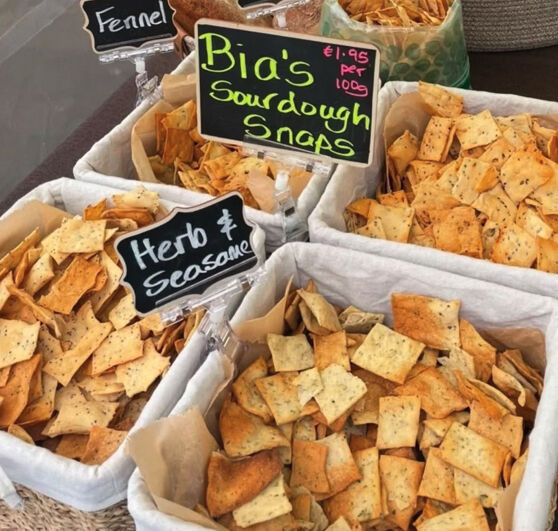
Another recent Douglas Farmer’s Market discovery is Bia Beirut, owned and operated by Lebanese-born Rabih Farah and his Cork-born partner, Pamela Crowley-Farah.
Offering a superb range of sourdough breads and gorgeous pillowy focaccia-style Lebanese tata breads, there’s equally appealing fresh dips (baba ganoush, hummus, labneh etc) and divine sourdough crackers for dipping.

